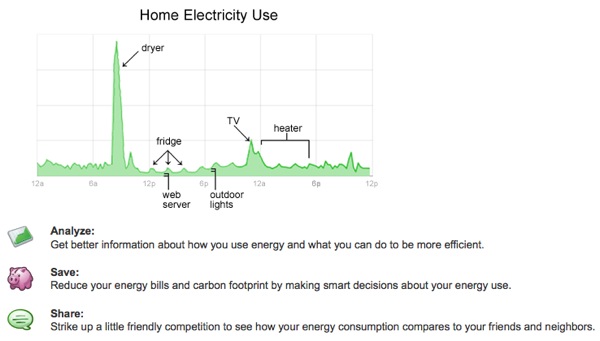At the recent SAP for Utilities event in San Antonio, I caught up with Martin Mysyk, Senior Architect for TransAlta and we discussed the implications for utilities of the massive data explosion that is occurring in their industry right now.
Here is a transcription of our conversation:
Tom Raftery: Hi everyone! Welcome to GreenMonk TV. I?m at the SAP for Utilities event in San Antonio, Texas, and with me I have Martin Mysyk, who is the Enterprise Architect for TransAlta.
Martin, we?ve been talking about the amount of data utility companies you?re going to be dealing with and the mountain? I heard a talk earlier this year in Orlando, where one of the utility companies was talking about the change in meter reads from 75 million a year to 120 billion.
Now, there is also the other side away from smart meters and into just the devices on the grid itself and the amount of information they will be sending back to utility companies, what are they going to do with all this information and how are they going to handle it?
Martin Mysyk: Well, I think we do have to look at new ways of handling that amount of data, how we?re going to store it, how we?re going to back it up. And we?re monitoring so many more data points as we move from an analog world to a digital world. There?s an acceleration of the amount of data points where some of our assets may have had a couple of thousand data points we?re monitoring, taking in.
Some of our newer instrumentation generates 20,000 data points that we can monitor. So, that?s a large amount of — big influx of data that we have to — you want to keep it real time and that takes new techniques, new technology that we have to look at to be able to keep that on track and to be able to extract the information out that we need.
Tom Raftery: Okay, but 20,000 data points, is that too much? I mean, how can utility companies make any sense of that amount of data?
Martin Mysyk: That?s where you need another level of intelligence to layer on top of what you?re retrieving out of there, because you really — you can?t read that from a human perspective, you need software that looks for exceptions or things that are out of range to deal with those because whenever things are operating properly you don?t care about it. It?s just when there are exceptions or something?s going to impact your production capability that you want to know about that.
Tom Raftery: At the backend you?re going to need bigger servers, you?re going to need bigger failover facilities and all that?
Martin Mysyk: Yes, and the network ties it all together. So, wherever that is stored only high-speed networks have a lot of band with to carry the data, whether its onsite or everyone talks about being in the cloud. If you put it in the cloud, you are going to need lots of pipes to get it there.
Tom Raftery: This sounds like a lot of investment for utility companies, is it worth it?
Martin Mysyk: I think so, because we have to be aggressive on how we manage our data and our decision making capability needs to accelerate, because when we move into a more comparative global marketplace you have to have that decision making power and to do that you need the — to make information out of your data and that is only going to accelerate as time goes on.
Tom Raftery: Cool. Great. Martin, thanks a million.

